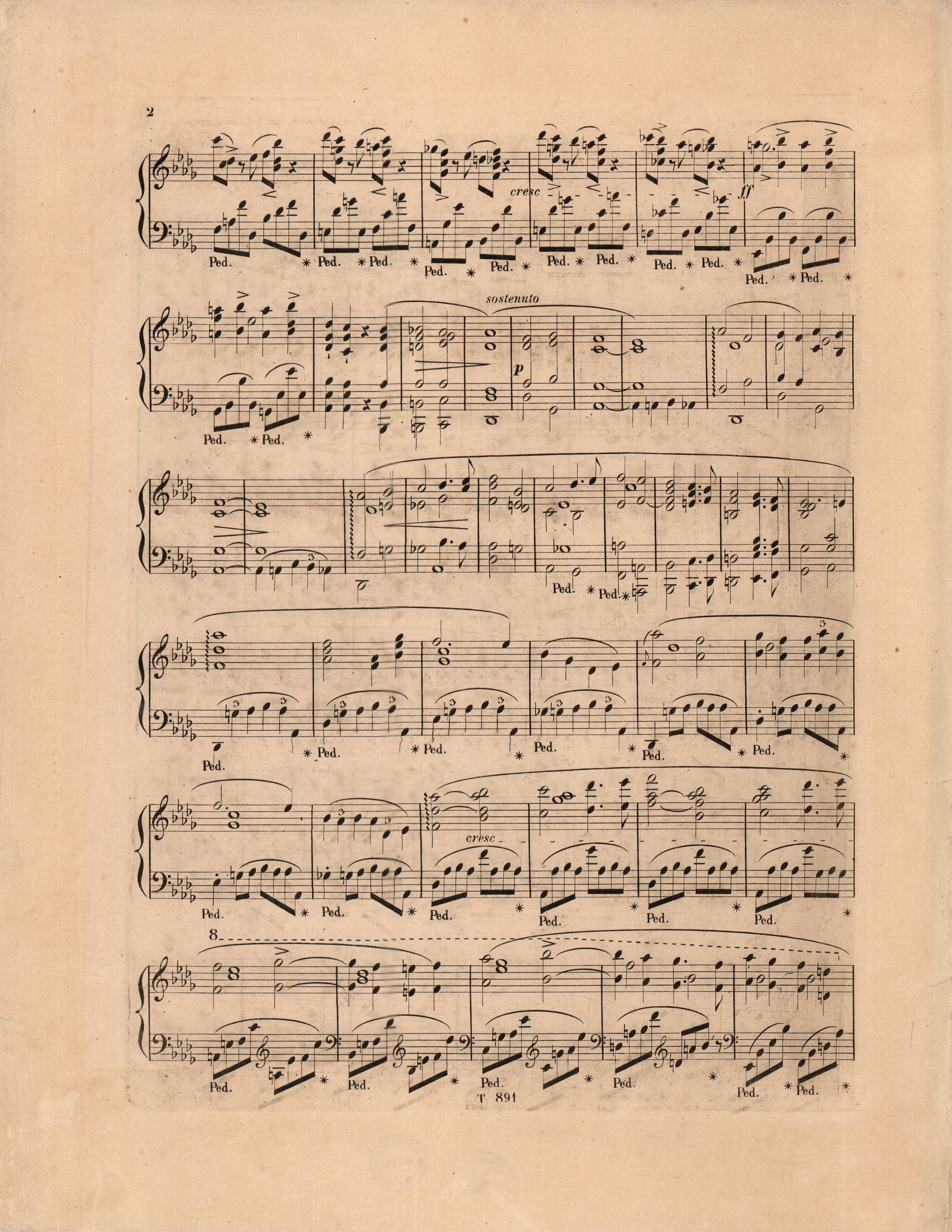




|
Arpeggio sign & grace note in GC |
|

|
||

|
Grace note with slur in GE |
|

|
Grace note with slur in EE2 |
|

|
Our variant suggestion |
Bars 39-42 pose a difficult editorial issue. Both sources based on [A] differ in many details, out of which a part can result from mistakes and oversights, as, e.g., the rhythmic error in bar 41 in GC or absence of certain elements in FE (slurs, grace note with arpeggio). On the other hand, both sources bear traces of Chopin interventions – a slur in bars 39-41 added in FE3, change of a note in bar 39 in FE4,  in bar 41 in GC. It can be considered to be a proof that Chopin checked and – at least partially – accepted the versions of both sources. In this situation, we adopt the version of the basic source, i.e. FE4, to the main text, extended with variant suggestions of these elements of the version of GC whose authenticity is most likely and which can be considered to be an addition to the version of FE4: arpeggio, grace note and tie sustaining d
in bar 41 in GC. It can be considered to be a proof that Chopin checked and – at least partially – accepted the versions of both sources. In this situation, we adopt the version of the basic source, i.e. FE4, to the main text, extended with variant suggestions of these elements of the version of GC whose authenticity is most likely and which can be considered to be an addition to the version of FE4: arpeggio, grace note and tie sustaining d (arpeggio in bar 41 was almost certainly intended by Chopin also in these sources in which it was not marked – cf. bars 45 and 49 and bar 173 and analog.).
(arpeggio in bar 41 was almost certainly intended by Chopin also in these sources in which it was not marked – cf. bars 45 and 49 and bar 173 and analog.).
According to us, the dynamic indications of GC (→GE) may be considered to be equal. The differences between both sets of indications, although clear, do not lead to significantly different sound results. In turn, the slur in the L.H. in bar 40, suggesting an independent treatment of the bass line and chords of the R.H., may be simply inaccurate (cf. inaccurate slurs in bars 212-218). Its combination with the slur added in FE3 does not seem to be purposeful, as the latter concerns in this context parts of both hands.
Compare the passage in the sources »
category imprint: Differences between sources; Editorial revisions; Corrections & alterations
notation: Ornaments

